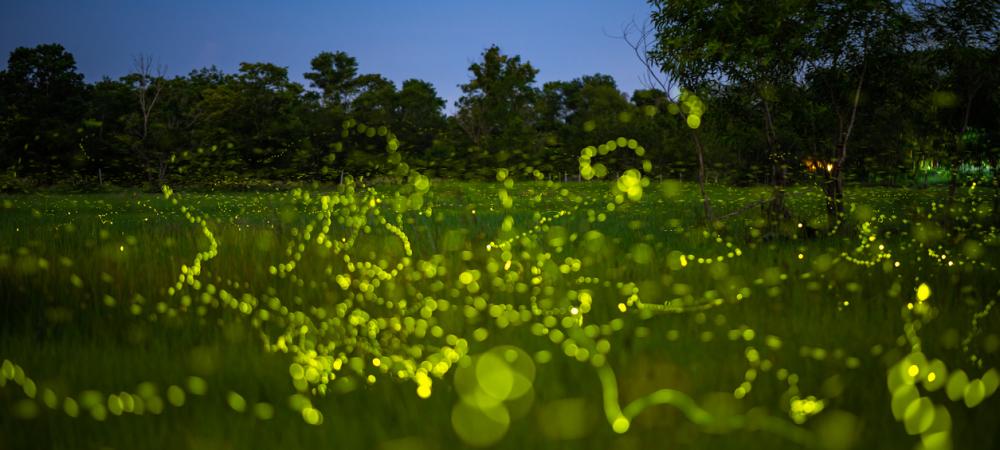The Magical Glow of Tennessee's Lightning Bugs: Why Do They Light Up?

As summer evenings descend on the Volunteer State, a enchanting spectacle unfolds in our backyards and forests. Tennessee's lightning bugs, also known as fireflies, put on a dazzling light show that captivates both young and old. But have you ever wondered why these fascinating insects light up? Let's explore the science behind this natural wonder.
What Are Lightning Bugs?
Lightning bugs, or fireflies, are neither flies nor bugs. They're actually beetles belonging to the family Lampyridae. In Tennessee, we're lucky to have several species of these bioluminescent insects, including the synchronous fireflies of the Great Smoky Mountains.
The Chemistry of Firefly Glow
Bioluminescence: Nature's Light Show
The glow of lightning bugs is a result of a chemical reaction called bioluminescence. This process occurs in the insect's lower abdomen, in an organ called the lantern.
The Science Behind the Glow
- The light-producing reaction involves several key components:
- Luciferin: A light-emitting compound
- Luciferase: An enzyme that catalyzes the reaction
- Oxygen
- ATP (adenosine triphosphate): The energy currency of cells
When these components mix in the presence of oxygen, they produce light with very little heat - a process known as cold light.
Why Do Lightning Bugs Light Up?
Attracting Mates
The primary reason for a firefly's glow is to attract a mate. Each species has its own unique flash pattern, acting like a secret code to help them find the right partner.
Defending Against Predators
Some firefly species use their glow as a warning signal to predators. The light indicates that the firefly contains defensive chemicals that make it unpalatable.
Luring Prey
Certain female fireflies mimic the flash patterns of other species to lure males, which they then capture and eat.
Lightning Bugs in Tennessee
Hotspots for Firefly Watching
Tennessee is home to some spectacular firefly displays. The Great Smoky Mountains National Park is famous for its synchronous fireflies, which flash in unison creating an unforgettable natural light show.
Conservation Efforts
As development encroaches on natural habitats, lightning bug populations face threats. Tennesseans can help by reducing light pollution, limiting pesticide use, and preserving natural areas.
Firefly-Friendly Gardens
Want to attract these magical insects to your Tennessee garden? Consider these tips:
- Leave some leaf litter and logs in your yard
- Reduce outdoor lighting
- Avoid using pesticides
- Plant native trees and shrubs
By creating firefly-friendly spaces, we can ensure future generations of Tennesseans will enjoy the magic of lightning bugs for years to come.
